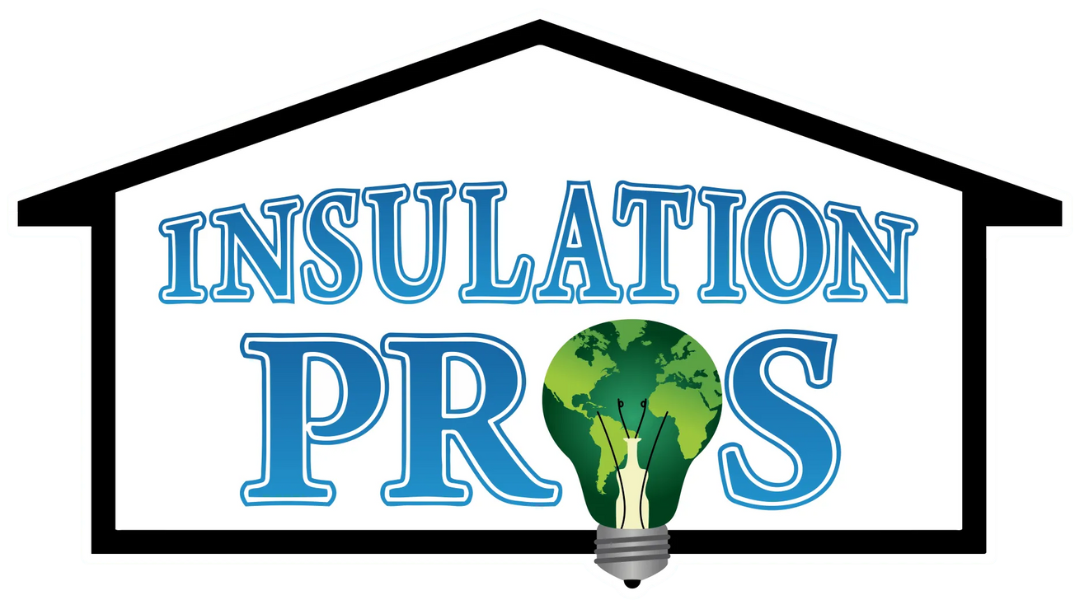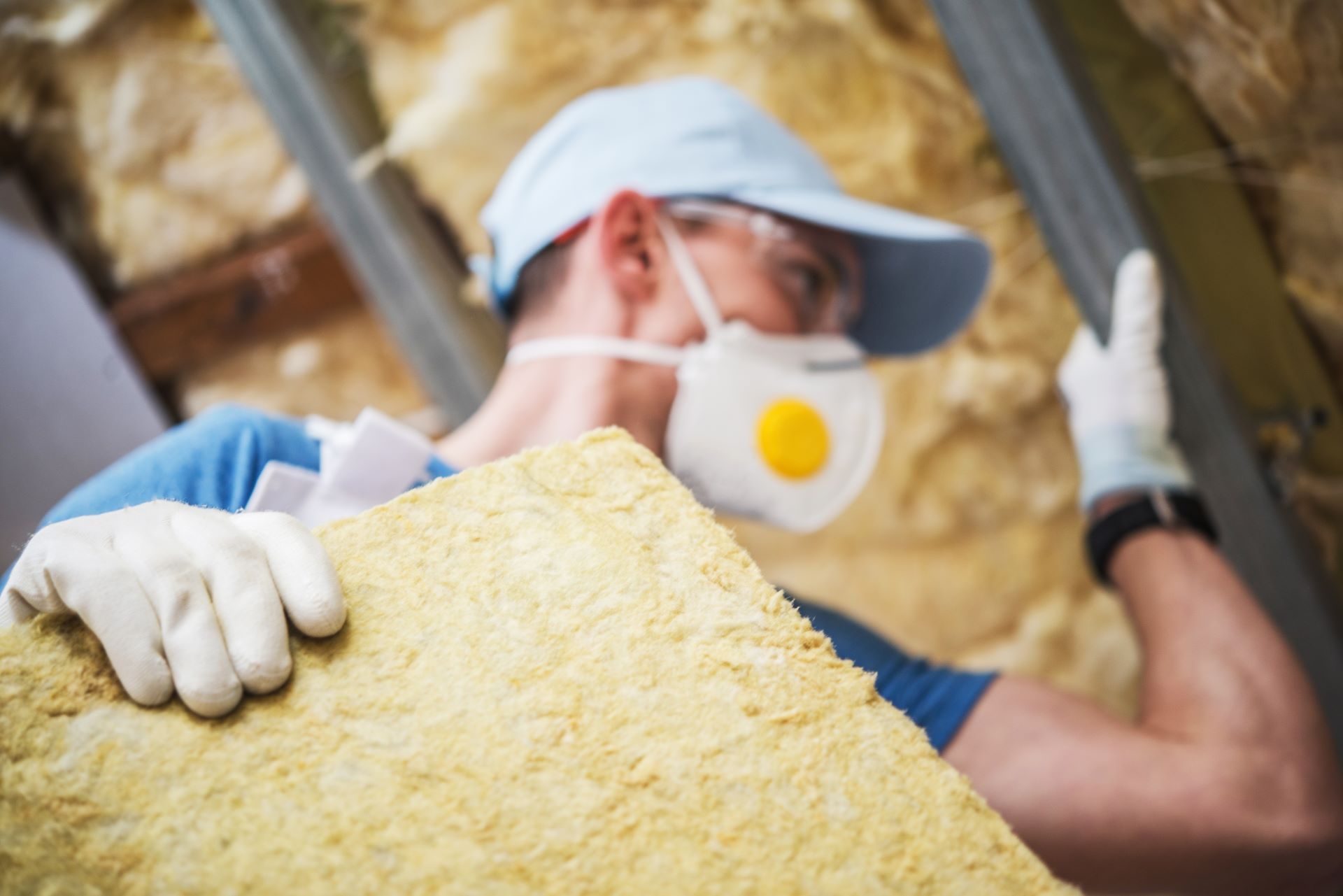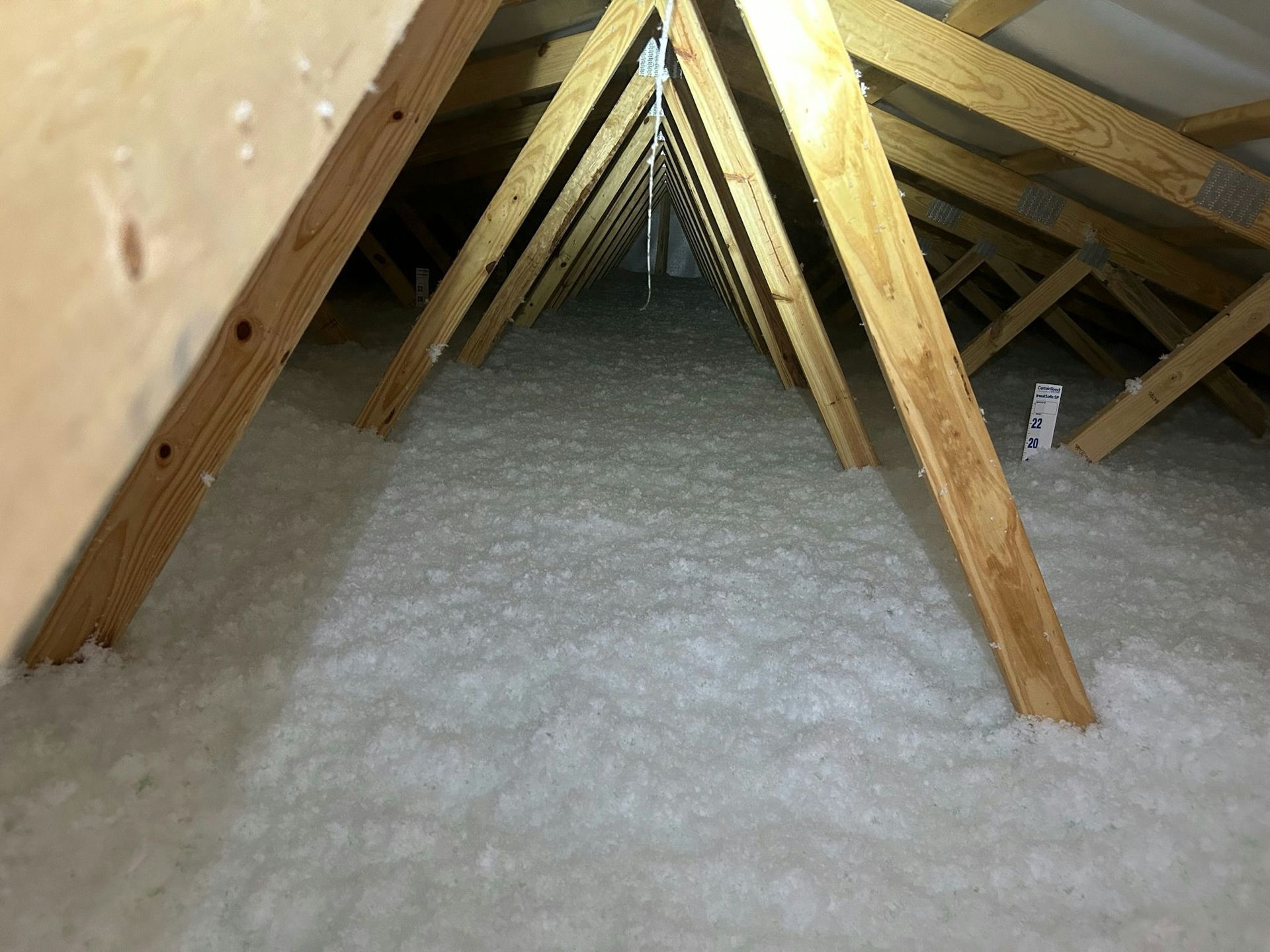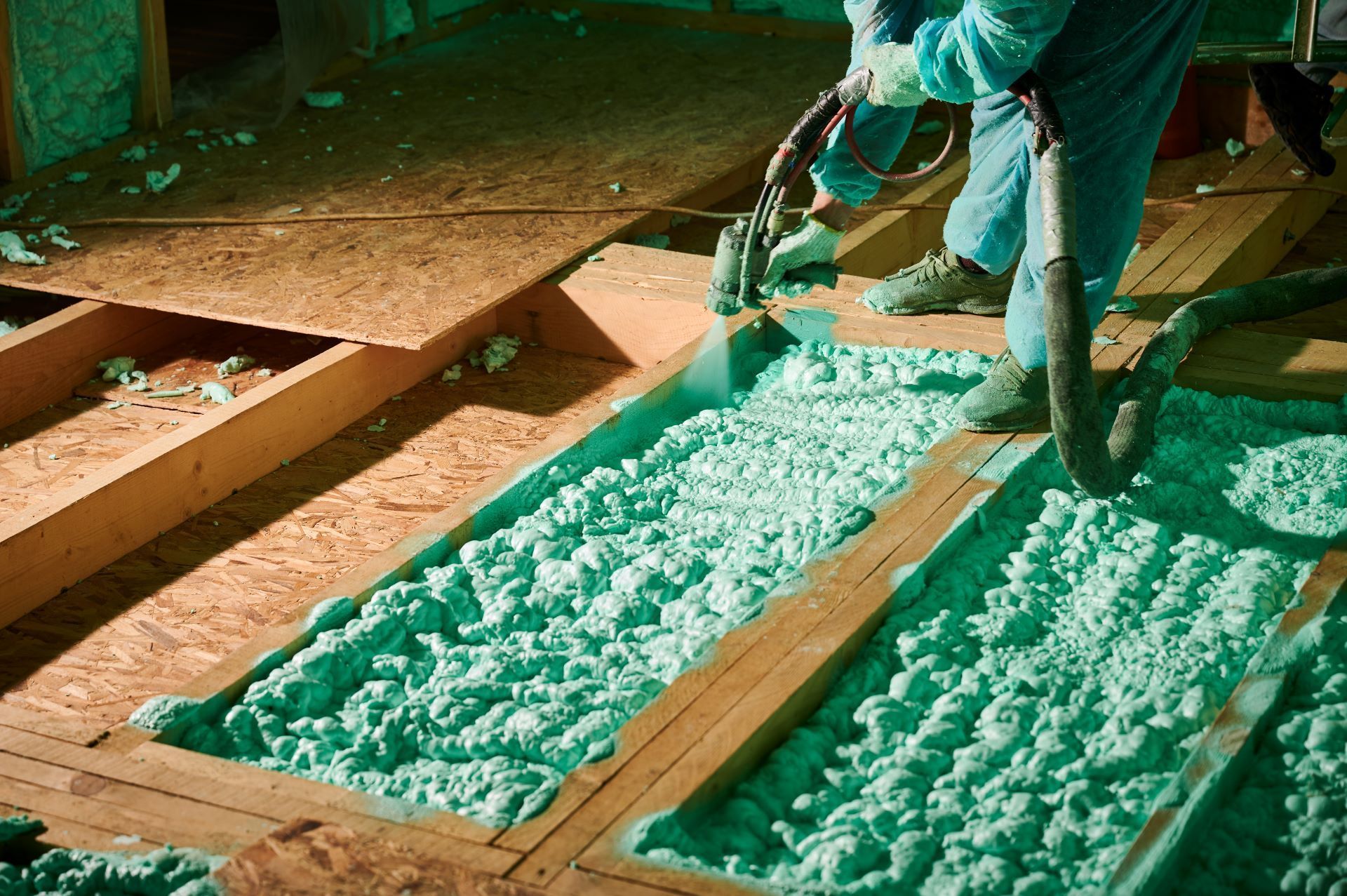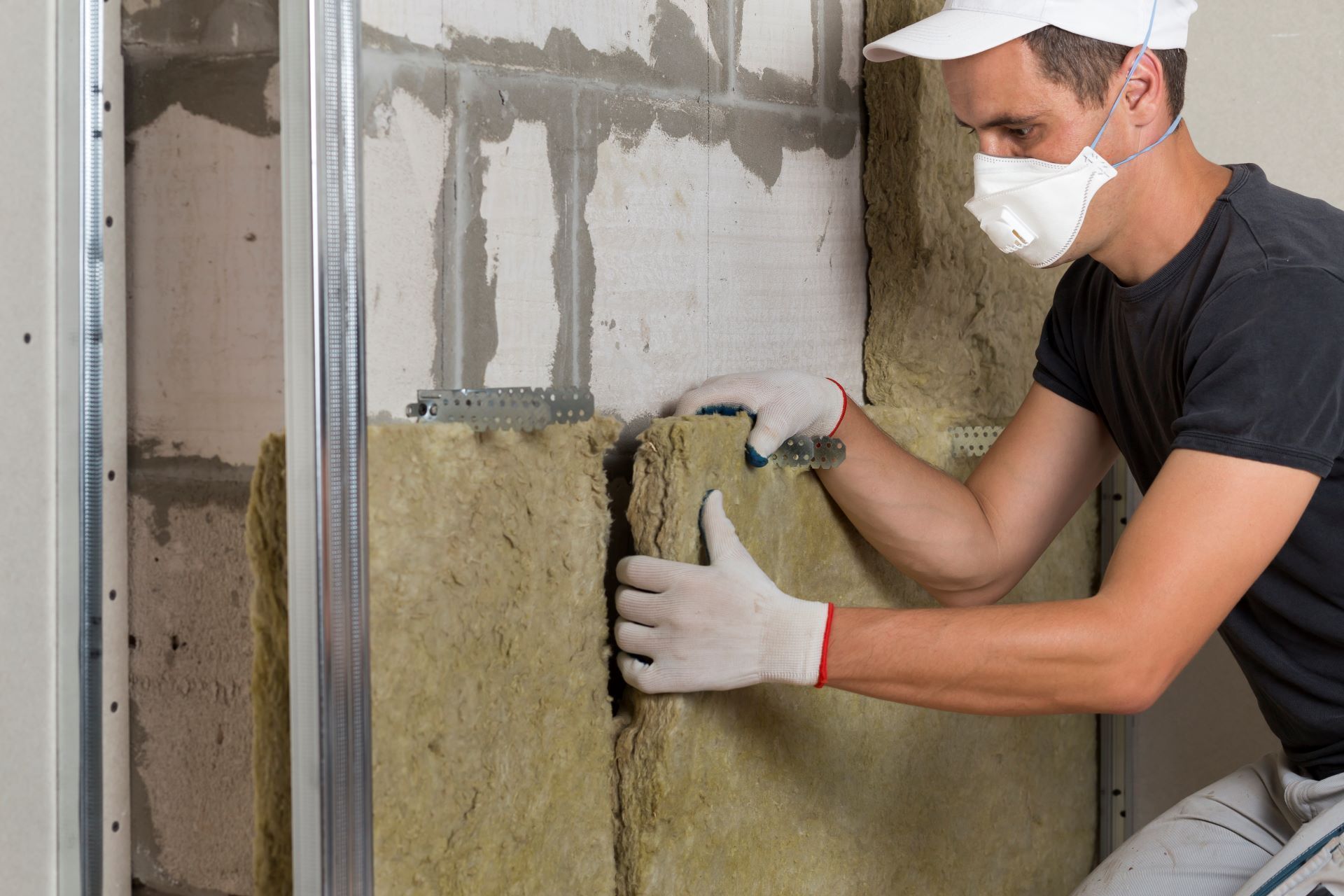Click Here to Book Your Free Insulation Evaluation!
How to Insulate Vaulted Ceilings
Vaulted ceilings add a dramatic flair to any home, creating an open and airy feel. However, their unique architectural style presents specific challenges for insulation. Proper insulation is essential for these high ceilings to ensure energy efficiency and maintain a comfortable indoor environment year-round.
In this guide, Insulation Pros will walk through the process of insulating a vaulted ceiling, types of insulation to use in this situation, and other factors with this type of project.
In this guide, Insulation Pros will walk through the process of insulating a vaulted ceiling, types of insulation to use in this situation, and other factors with this type of project.
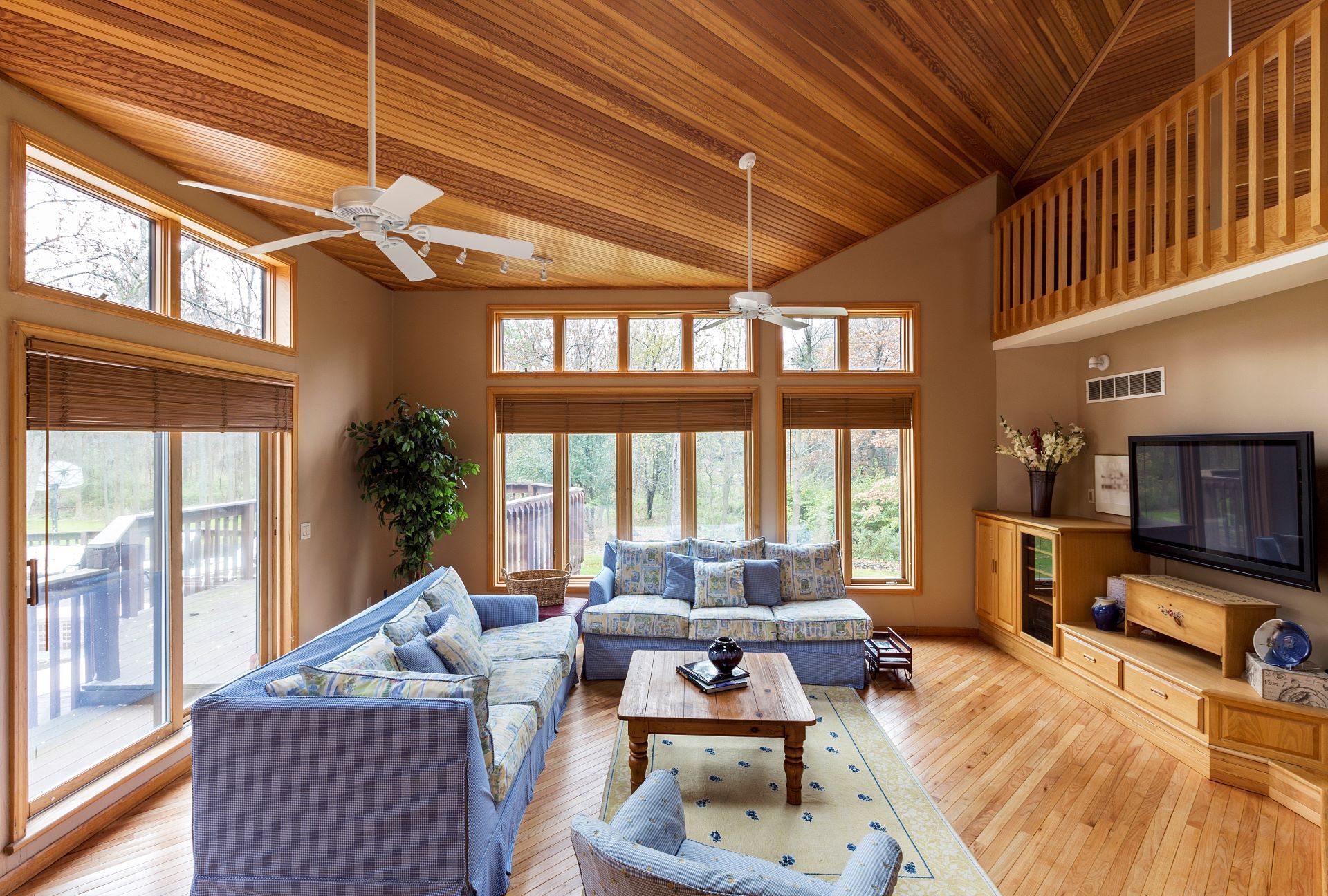
Understanding the Basics of Vaulted Ceiling Insulation
What is a Vaulted Ceiling?
A vaulted ceiling slopes upward from the walls to a higher center point, creating a spacious and luxurious feel inside the home. Unlike flat ceilings, vaulted ceilings have exposed beams or rafters that can complicate the insulation process.
The Importance of Insulation
Insulating vaulted ceilings is crucial because these ceilings can significantly increase heating and cooling costs if not properly insulated. Effective insulation helps keep the heat in during the winter and out during the summer, stabilizing indoor temperatures and reducing the burden on HVAC systems.
Types of Insulation Suitable for Vaulted Ceilings
Batt Insulation
This common type of insulation, typically made of fiberglass, is suitable for vaulted ceilings with accessible rafters. It’s installed in rolls or strips that fit between the rafters, providing a moderate R-value and effective thermal resistance.
Spray Foam Insulation
Spray foam offers superior insulation with its ability to expand and fill even the smallest gaps, creating an airtight seal. It's particularly effective for vaulted ceilings because it can be applied directly to the underside of the roof, minimizing heat transfer at the highest points of the home.
Rigid Foam Board
Rigid foam insulation provides a high R-value per inch of thickness, making it ideal for maximizing insulation in limited spaces. It can be cut to fit snugly between rafters and is often used in conjunction with other insulation types to achieve better thermal performance.
Step-by-Step Guide to Insulating a Vaulted Ceiling
Step 1: Assess the Space
Check for any structural damage or moisture issues in the ceiling before beginning. It’s crucial to address these issues to ensure the longevity and effectiveness of the insulation.Step 2: Choose the Right Insulation Material
Sele ct the insulation material that best fits your needs based on the ceiling structure, local climate, and budget. Consider factors like the R-value required and the ease of installation.Step 3: Installation Process
- For batt insulation, fit the strips snugly between the rafters, cutting as needed to ensure there are no gaps.
- Spray foam should be applied by professionals, as it requires special equipment and expertise to ensure even coverage and thickness.
- Install rigid foam boards by cutting them to size and sealing the seams with tape or spray foam to prevent air leaks.
Step 4: Sealing and Finishing
Seal all edges and joints to prevent air leaks. This can be done using caulk or expanding foam. Ensure the insulation is covered with a vapor barrier if required, to prevent moisture from penetrating and degrading the insulation material.Common Questions and Answers
Q1: How much does it cost to insulate a vaulted ceiling?
The cost varies depending on the insulation material and the size of the ceiling but generally ranges from $3 to $5 per square foot. Factors like accessibility and the need for professional installation can influence the total cost.Q2: Can I insulate a vaulted ceiling myself?
While DIY is possible with batt and rigid foam insulation, spray foam should always be applied by a professional due to the technical nature of the installation. However, we recommend hiring a professional for any type of insulation project. This way you can ensure your safety and a job done correctly.Q3: What are the signs that my vaulted ceiling needs more insulation?
Signs include noticeable drafts, uneven temperatures in rooms with vaulted ceilings, and higher than expected energy bills. These issues often indicate inadequate insulation. Properly insulating your vaulted ceiling is not only a practical investment in your home’s energy efficiency but also enhances your living space’s comfort and aesthetic appeal. Consulting with insulation professionals can provide tailored solutions that meet your specific needs and ensure that your vaulted ceiling is a highlight of your home, not a hidden expense.
Don't let your beautiful vaulted ceilings become a source of energy loss. Contact Insulation Pros today to ensure your home is as energy-efficient as it is stunning. Schedule your appointment now or reach out to us for more information on our contact page .
Don't let your beautiful vaulted ceilings become a source of energy loss. Contact Insulation Pros today to ensure your home is as energy-efficient as it is stunning. Schedule your appointment now or reach out to us for more information on our contact page .
Book a Service Today
Recent Posts
Owned
Veteran Owned and Family Operated
Team
Experienced Team at Insulation Pros
Free Quote
Our team offers free estimates
Service
#1 Customer Rated in Kansas City
We Proudly Service All Of Kansas City
| Belton, MO | Raymore, MO | Merriam, KS |
|---|---|---|
| Spring Hill, KS | Olathe, KS | Shawnee, KS |
| Mission, KS | Overland Park, KS | Prairie Village, KS |
| Blue Springs, MO | Liberty, MO | Fairway, KS |
| Bonner Springs, KS | Gardner, KS | Raytown, MO |
| Lenexa, KS | Independence, MO | Lee's Summit, MO |
| Leawood, KS | Gladstone, MO |
